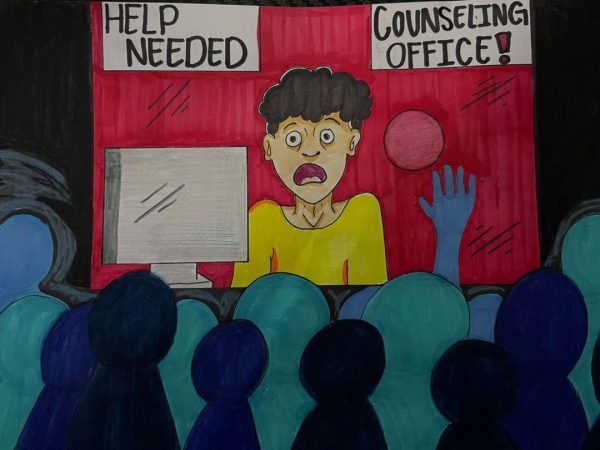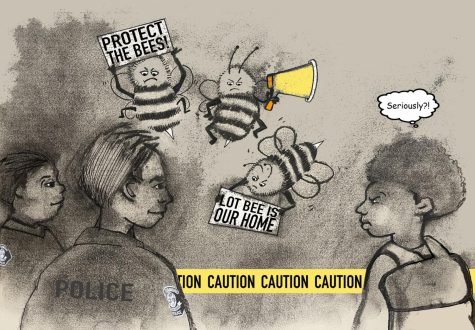Is sex on TV bad for teens? YES
Don’t turn on the television just yet; television sex can and will misleadingly influence teens to have sex.
In this day and age, the media, particularly television, has the ability to greatly influence teenagers. Besides the latest fashions and crazes, teens are susceptible to picking up popular attitudes and behaviors. This is particularly true about attitudes and behaviors regarding sex.
In a recent study, 1,762 teenagers nationwide, ages 12 to 17, were surveyed regarding their television viewing habits as well as their sexual experiences; a year later, these same teens were re-surveyed with the same questions.
The study involved rating the shows teens watched based on three degrees of sexual involvement. The strongest degree of sexual shows revolved around characters engaged in sexual behaviors, such as kissing, touching and intercourse; the second degree of sexual involvement was concerned with characters who discussed sexual plans or desires and the third and least degree of sexuality specifically centered on the risks and consequences involved with having sex and on sexual safety such as the concepts of abstinence and using contraceptives.
The results of the study determined that teens who watched shows that depicted a greater amount of sex were two times more likely to become sexually involved than the other groups. In one year, the intercourse rate for these teens rose from 18 to 36 percent; the rate of teens involved in sexual activities not considered intercourse also rose from 62 to 75 percent.
Also, it was found that the likelihood of having sex was also the same for teens who watched characters discussing sex as opposed to being engaged in it. The study, as well as other alarming statistics, gives proof to the fact that television is a major manipulator of teens’ sexual lives.
Constant exposure to sexual material is one of the reasons many teens are influenced by television sex. The average American teen watches approximately three hours of television each day.
But even if teens do not limit the shows they watch to programs centered on sexual material, there is always a great possibility that these types of shows are being aired. Soap operas display an average of 6.6 sexual acts per hour. During prime time, this is also true since two-thirds, or 66 percent of shows, show characters engaged in sex. On cable television, 75 percent of music videos aired on MTV involve people engaged in sex or sexually-related acts. With so many acts of sex being portrayed, the idea is bound to be embedded in teen brains.
Another reason that teens are driven by the television to engage in sex is because of all the allure that it holds, especially when it involves characters around a viewer’s own age. In 2000, it was found that 23 percent of people having sex on TV were between the ages of 18 and 24; even more alarming was that 9 percent of characters having sex were under the age of 18.
However, teens who watch these types of shows are constantly misinformed of the perils associated with engaging in sex. While many teens obtain sexual information from the programs they watch, it was found that only 165 out of 14,000 sexual acts dealt with issues such as birth control, STDs and abstinence. Characters, like the ones on soap operas, are often depicted as being free to spontaneously romp around, exempt to the risks and consequences associated with having sex, much less multiple partners.
Despite its glorification, television sex often fails to depict the frustration involved with an unexpected pregnancy. It neglects the resentment felt when a person learns that he or she contracted an STD and it also disregards the feelings of guilt and isolation that one feels after a one-night stand.
Sex sells, but it’s a sad thing.






